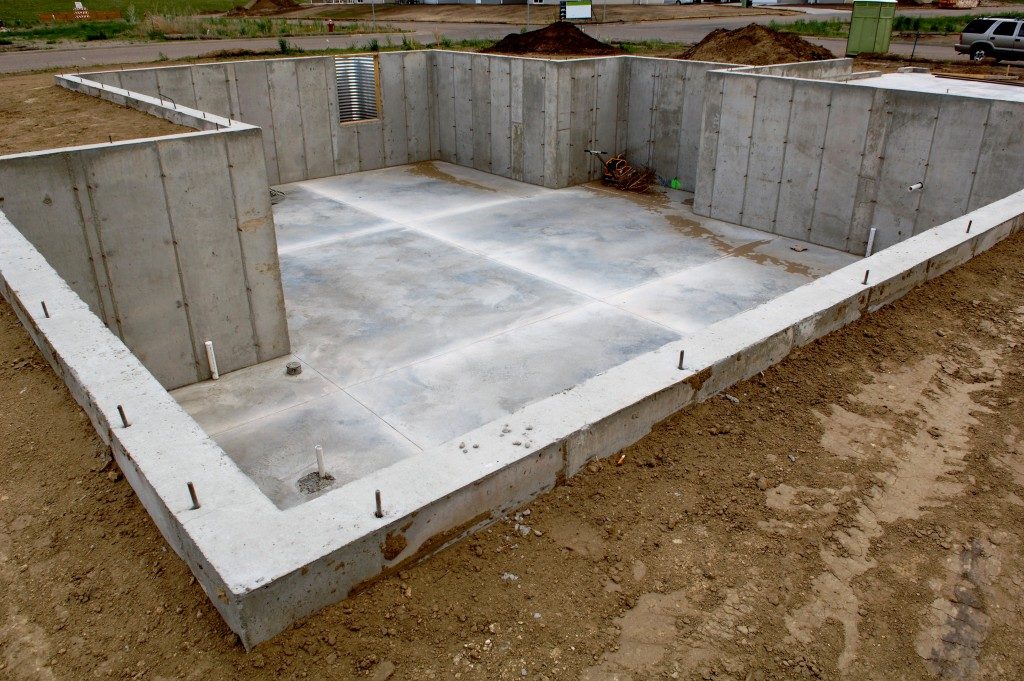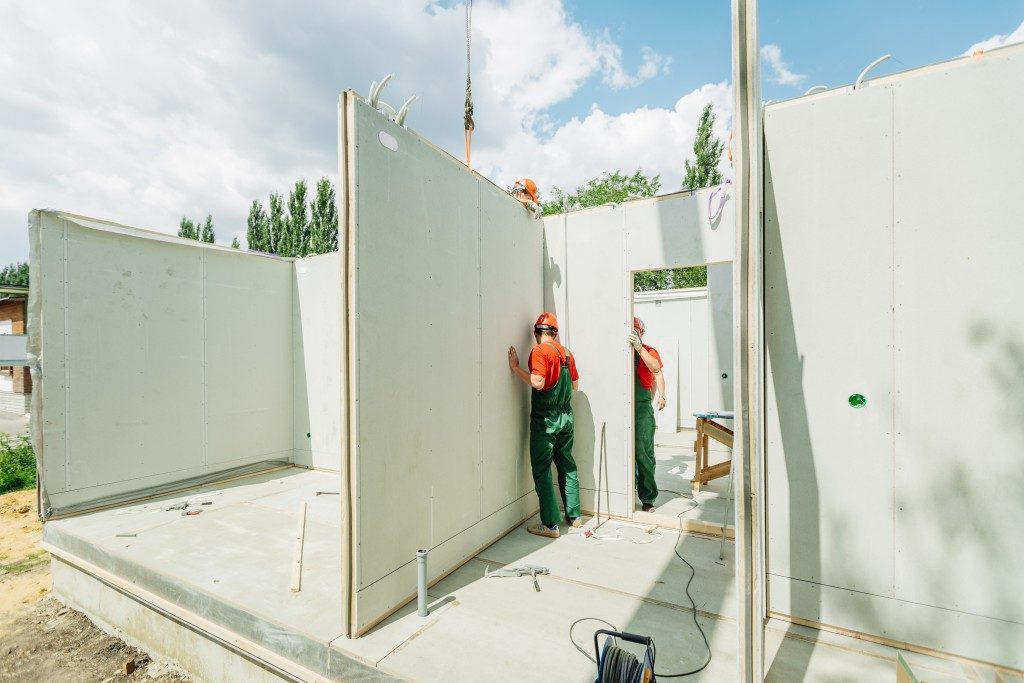Perhaps you’re considering using precast concrete, but you’re not quite sure if it’s suitable for your construction needs. Here’s a list of pros and cons to help you decide if it’s the right option for you.
Pros of Using Precast Concrete
Many experts have recognised the advantages of using this type of concrete in certain construction projects. Here are some of its benefits.
- Time-saver – Since precast concrete is moulded and cured in a batching plant, production is speedier and easier since they’re done in bulk using automated equipment. Workers can be diverted to other tasks and casting can be done simultaneously with other construction works like survey and earthworks.
- Cost-Effective – Precast concrete is mass produced in batching plant, so the cost is significantly lower than when you mix it on site. Also, with a speedier time frame, construction cost can be reduced, and the use of some equipment can be eliminated. For instance, precast concrete treads are easier to install, and the use of scaffolding and site shuttering can be eliminated during its assembly.
- Superb Quality – Precast concrete is produced in a controlled environment with programmed formwork, temperature, curing and mixes of raw materials; thus, you can be assured of its uniformity and quality. Also, if you’re trying to achieve high load-bearing capacity with the structure, you can use a prestressed precast concrete. This option is also more resistant to corrosion, accumulation of dust and acid attack. And high-density precast concrete is durable with impact.
- Aesthetics – Since the concrete is prefabricated using automated pieces of equipment, producing varieties is easier to accomplish. You can have precast concrete of varying shapes, sizes, textures and colours.
- Not Sensitive to Weather Conditions – Since prefabricated concrete is already cured, it can be exposed to adverse weather conditions. No additional protection is necessary and no raw materials are stocked onsite that could degrade with extreme weather. Therefore, it’s less of a hassle for workers, making this the most viable option if construction commences during the rainy season.
Cons of Using Precast Concrete
 On the flip side, there are also disadvantages to using this type of concrete. Here are some.
On the flip side, there are also disadvantages to using this type of concrete. Here are some.
- Precise Connection – Assembling the precast concrete need precision to achieve the desired structural strength. It’s not easy to modify this type of concrete, so there’s lesser room for error.
- Transportation Issues – Since the precast concrete is produced offsite, you’ll have to consider how to transport them especially if the batching plant is distant to the construction site. You’ll have to use trailers to transport the concrete by bulk. Transportation cost has to be considered as well, as it could accrue.
- Handling Hassles – Prefabricated concrete is very heavy. You need to use additional equipment like a tower or portable crane to handle these heavy loads without any damage.
Different construction projects have different needs. That’s why it’s always wise to weigh the pros and cons yourself as well as consult with experts to decide on an option that’s most suitable to your specific building needs.

